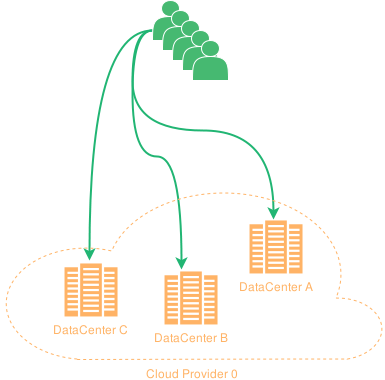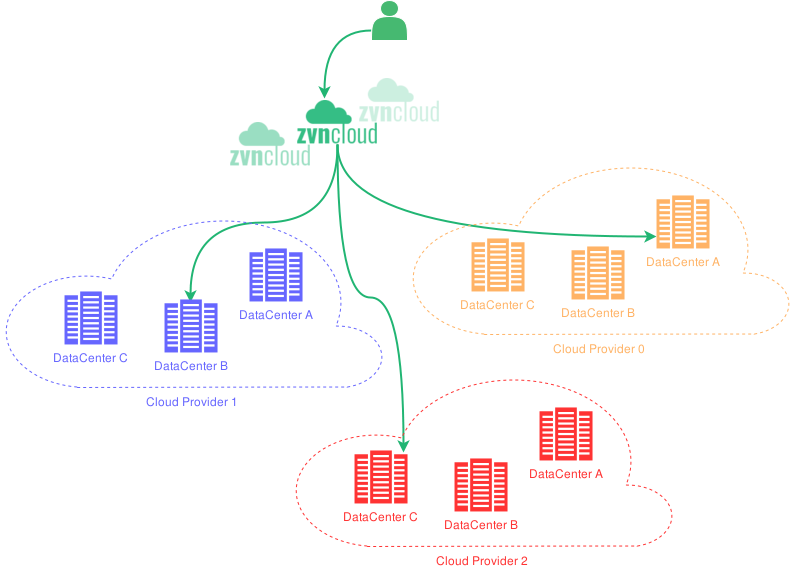A big list of huge traffic websites and platforms like Apple, Amazon, Netflix, Quora, Trello, and Slack have been affected this week due to the AWS S3 service in the US east region data center. But this kind of situation is already well known by thousands of websites and services when in August of 2011, a lightning strike knocked Amazon and Microsoft data centers losing all their services and data, and without any available plan, backup, or disaster recovery solution.
Unfortunately, that’s not the first nor the last experience that will be published in the news. Gartner, already detected the AWS weaknesses in regards to the high dependency on the AWS services and lack of integration of AWS services with other platforms.
Usually, single cloud provider deployments allow to deploy of a service among all the available data centers for such providers.

Why risk your business relying on just one cloud provider?
The key to avoiding your services from being affected by cloud services (private, public, or hybrid) like what happened with AWS Amazon Cloud Outage, is not relying on just one cloud provider but creating an upper layer infrastructure that is able to orchestrate between different cloud providers, data centers or services through an agnostic and flexible interface.
This is the aim of the ZVNcloud toolbox which is designed to provide a Software-defined ADC to create highly available services among different data centers, public cloud providers, or hybrid cloud platforms.

But, who ensures the availability of such provider agnostic service? The future of high availability in cloud platforms is to create distributed clustering services able to collaborate in WAN networks through light but fast protocols that permit to consolidation of ADC services in a failure-tolerant fashion.
Our researchers in SKUDONET are still designing a definitive approach that allows us to reduce the risks of public and hybrid cloud infrastructures.


